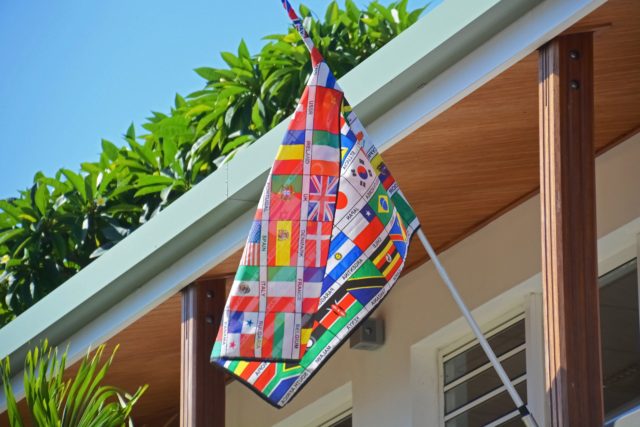Video is now one of the fastest growing resources around for training in organisations, with online video consumption up by 96% over the last few years and 9 out of 10 people saying they want to see more videos. And did you know that you can increase the effectiveness of a video, whether it’s a training video or one about the corporation itself even more by creating different language versions using foreign language voice overs? And, of course, where resources exist already in several languages adding a British voice over can expand the reach even further.
The Communication Gap
Project teams are often drawn from different parts of international corporations or from outsourced firms in different parts of the world. It’s not uncommon for, say, a UK-based team to speak different languages. When team members speak different languages, corporate messages, training videos and written resources can all benefit from foreign language support. It can also mean that there are communication gaps between key members of a project team.
What are some of the ways to deal with this communication gap?
When I worked for a Fortune 500 company on projects where parts of the team were geographically dispersed and had pptential language barriers, one solution was to temporarily relocate one or more parts of the project team so that everyone was in the same location – especially at the start of the project. This coud have been seen as a major cost for the organisation but – with great insight – the senior team recognised that co-locating the team on a temporary basis would break donw communication barriers and aid productivity. They were generally proved right.
Furthermore they used a cost-effective solution to corporate housing by renting serviced accommodation where people could cook their own meals – saving both on expensive hotels costs but also the cost of staff eating out at restaurants for the duration of their stay. And, let’s face it, who would want to eat out every night for a whole month or longer. Or, for that matter, stay in a hotel room for an extended trip? The serviced apartments had living spaces too so people weren’t just spending time in their bedrooms.
You might think this is all unnecessary because a lot of people speak English to some degree across the world. Actually, the truth is that various studies show that most people (nearly 75%) prefer to use their native language. By co-locating multi-lingual teams everyone is encouraged to communicate better.
Getting The Foreign Language Voiceovers Right
If you do plan to add foreign language support in the form of voiceovers to your corporate training materials it is essential to do it right, otherwise the impact could be a negative one. The language translation has to be accurate, with localisation applied where necessary. The performance of the voiceover also has to be emotive enough to match any vocalisation in the original video, especially if dubbing is being used. Otherwise important messages are lost. Lastly, the sound quality needs to be of the same quality as the original video. If it is not recorded by a professional recording studio you may find that it actively detracts from the overall message.
Choosing The Right Voiceover Languages
When it comes to choosing the right voiceover languages, if your organisation is global it could be worth adding multiple languages. Professional voiceover agencies offer a huge number of language options, including Japanese and Arabic which have very specific nuances and require a professional touch. The great thing about voiceover options is that as long as the original is high quality, adding multiple voice overs in new languages as you expand is entirely possible.
“Language shapes the way we think, and determines what we can think about.” – Benjamin Lee Whorf
Adding foreign language support in terms of a voiceover to corporate videos and project management training materials is a really savvy idea for ensuring clear communication and understanding across everyone involved in a project and, ultimately ensuring project success.

